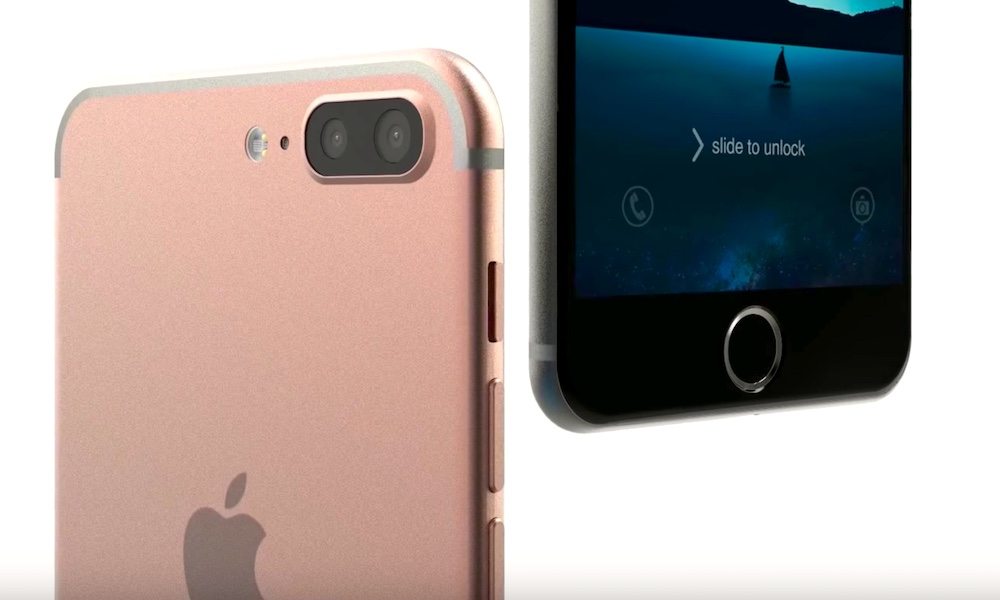iPhone 7 Successors Rumored to Slow to a Three Year Cycle – But Is This Good for Consumers?

Toggle Dark Mode
Smartphone sales aren’t quite what they used to be. With every new generation of iPhone, Apple would usually expect to break sales records, showing continual growth in the smartphone market. However, it appears as if the market has slowed down a bit.
Likely a combination of lack of exciting new features in smartphones and a generally slowing smartphone market, many smartphone manufacturers have seen sales drop from their peak. Apple, for example, suffered its first ever drop in iPhone sales in the first quarter of this year, and it’s likely that many smartphone manufacturers will see sales drop in 2016 when compared to their 2015 numbers. As a result, it appears as if Apple may look to change their current release cycle, only releasing a major refresh every two years as opposed to every other year.
A new report by Nikkei Asian Review claims that “Apple will likely take three years between full-model changes of its iPhone devices, a year longer than the current cycle.” Consumers have grown quite used to Apple’s current release cycle – release a brand new redesign, and the following year release a slightly-upgraded “s” version of the previous year’s phone. It’s a cycle that Apple has followed since the release of the iPhone 4 in 2010. However, it appears as if this year’s iPhone release may break the mold. September of 2014 saw the release of the iPhone 6 and iPhone 6 Plus, followed by the release of the iPhone 6s and 6s Plus, both of which added little in the way of new functionality (aside from 3D Touch and Live Photos) in September of 2015. As tradition would have it, this September would see a dramatically redesigned iPhone 7, packed with new features. However, that doesn’t look to be the case this year.
According to most analysts, this year’s iPhone will be a marginal upgrade over the iPhone 6s and 6s Plus. While it’s likely that this year’s release will see multiple speakers, an upgraded processor, and lack of headphone jack, as well as a dual-camera and Smart Connector in the “Plus” model, most agree that it will physically look pretty much exactly like the iPhone 6s and 6s Plus, without many new features to be excited about. In fact, noted KGI Securities analyst and Apple Nostradamus Ming-Chi Kuo went on record saying that the iPhone 7 will lack “many attractive selling points” for customers.
That said, many other people agree that next year’s iPhone, possibly jumping straight to the iPhone 8 naming convention, will likely see a major overhaul with a host of new features to excite users on the 10th anniversary of the original iPhone release. An all-glass, bezel-free enclosure is rumored, as well as a lack of a physical home button with Touch ID embedded under a brand-new OLED display and wireless charging may all be featured in the iPhone 8.
It may well be that this year’s iPhone 7 release will be largely underwhelming when compared to previous redesigns. However, if the rumors hold true, next year’s iPhone 8 will certainly give users cause for excitement, and perhaps a move to a three-year major redesign cycle will be better for Apple and its consumers alike.
Do you believe waiting a bit longer for a dramatically refreshed iPhone is best? Let us know in the comments!
[The information provided in this article has NOT been confirmed by Apple and may be speculation. Provided details may not be factual. Take all rumors, tech or otherwise, with a grain of salt.]






